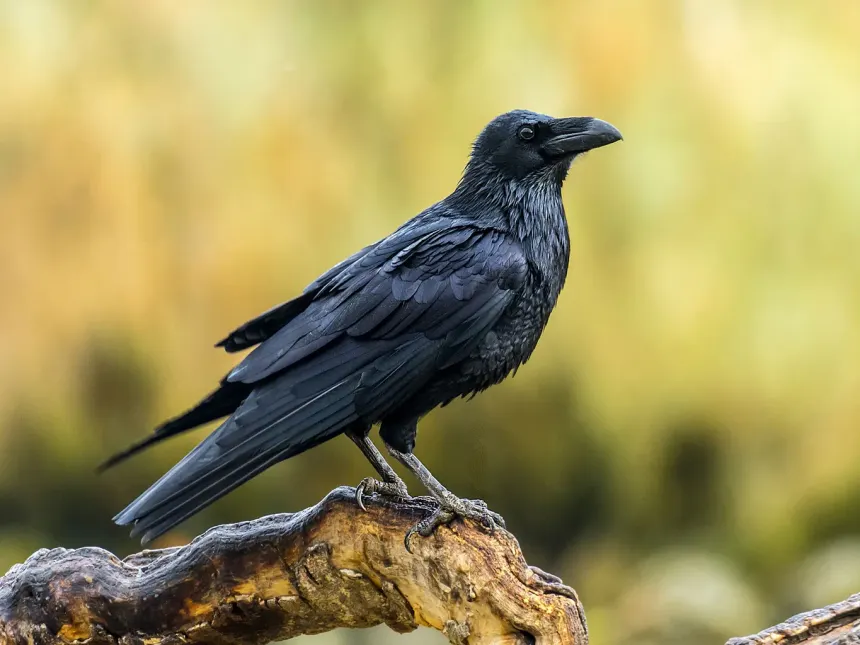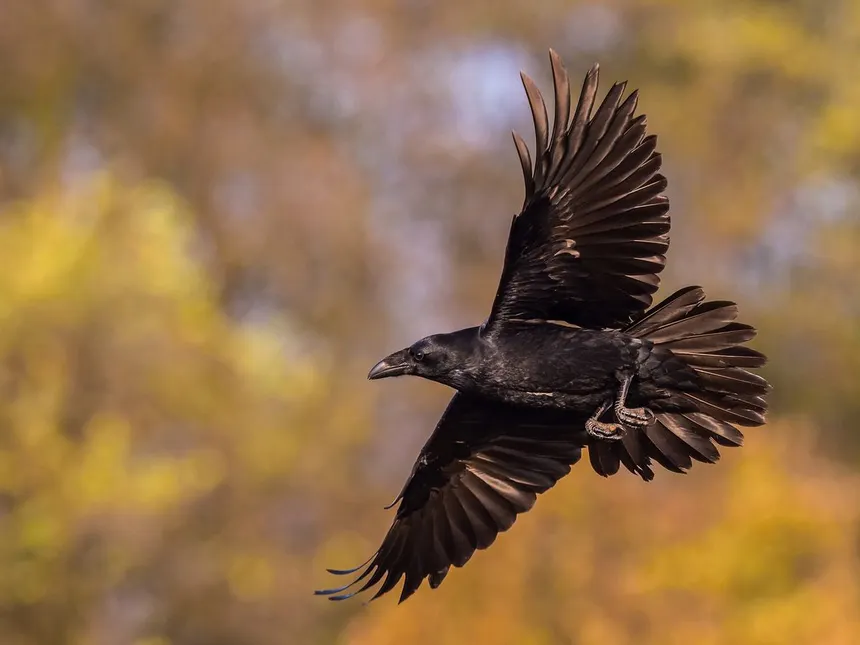Raven Weight Facts: How Heavy Is a Raven?

Ravens are among the most intelligent and iconic birds in the world, known for their glossy black feathers, impressive vocalizations, and remarkable problem-solving skills. Belonging to the genus Corvus, ravens are often confused with their smaller cousins, crows. One of the distinguishing features that set ravens apart is their size and weight. In this article, we will explore how much a raven weighs, how it compares to other birds, what factors influence their weight, and how their body mass supports their flight and survival in various environments.
1. Species Overview: The Common Raven
When discussing raven weight, we primarily refer to the Common Raven (Corvus corax), the largest member of the crow family (Corvidae). This widespread species can be found across the Northern Hemisphere, including North America, Europe, Asia, and parts of North Africa.
2. Average Weight of a Raven
The average weight of a Common Raven ranges between:
- Males: 1.2 to 1.6 kilograms (2.6 to 3.5 pounds)
- Females: 0.9 to 1.4 kilograms (2.0 to 3.1 pounds)
🧠 Fun Fact: Ravens are almost twice as heavy as crows, which typically weigh between 0.3 to 0.6 kilograms (0.7 to 1.3 pounds).
3. Wingspan and Size Comparison
In addition to their weight, ravens have impressive proportions:
- Wingspan: 115 to 150 cm (45 to 59 inches)
- Body length: 56 to 69 cm (22 to 27 inches)
Their large wings and tail help them glide efficiently and perform aerial acrobatics, especially in mountainous or open terrain.

4. Weight Variability by Region
Just like humans, raven size and weight can vary depending on geographical location and climate. For example:
- Ravens in colder regions (like Alaska or Scandinavia) tend to be heavier and bulkier to conserve heat—this follows Bergmann’s Rule, which states that animals in colder climates are often larger.
- Desert or tropical ravens may be leaner due to heat and limited food availability.
5. What Influences a Raven’s Weight?
Several factors can impact the weight of an individual raven:
- Diet: Ravens are omnivorous and opportunistic. Their weight may increase in areas with plentiful food (like garbage dumps or near farms).
- Season: Some ravens gain weight before winter to build fat reserves.
- Age: Juvenile ravens weigh less than adults.
- Health: Illness, parasites, or injuries can cause weight loss.
- Sex: Males are typically larger and heavier than females.
6. Raven Weight vs. Other Birds
Let’s compare the raven’s weight with some well-known birds:
| Bird | Average Weight |
|---|---|
| Common Raven | 1.2 – 1.6 kg |
| American Crow | 0.3 – 0.6 kg |
| Red-tailed Hawk | 0.7 – 1.3 kg |
| Bald Eagle | 3 – 6.3 kg |
| Peregrine Falcon | 0.6 – 1.5 kg |
| Rock Pigeon | 0.2 – 0.4 kg |
This shows ravens are among the heavier songbirds, yet still agile and capable flyers.
7. How Does Their Weight Affect Their Lifestyle?
Despite their relatively heavy body:
- Ravens are exceptional fliers, capable of soaring and even performing flips and rolls in midair.
- They can travel long distances in search of food or mates.
- Their weight gives them a strong physical presence in territorial disputes.
- Larger mass helps them dominate food sources when competing with smaller birds.
8. Flight Adaptations
Ravens’ wings are broad and rounded, ideal for:
- Soaring and gliding on thermal currents
- Maneuvering through forests and mountainous regions
- Conserving energy during long flights
Their size-to-wing ratio allows them to carry food or nesting material over long distances.

9. Conclusion
The Common Raven is a large, powerful bird with a weight ranging between 0.9 to 1.6 kilograms, depending on gender, age, and environment. Their impressive size supports their intelligence, strength, and adaptability in a wide range of habitats. Whether soaring over mountains or scavenging along coastlines, ravens use their body weight and strength to thrive in ways few other birds can.



